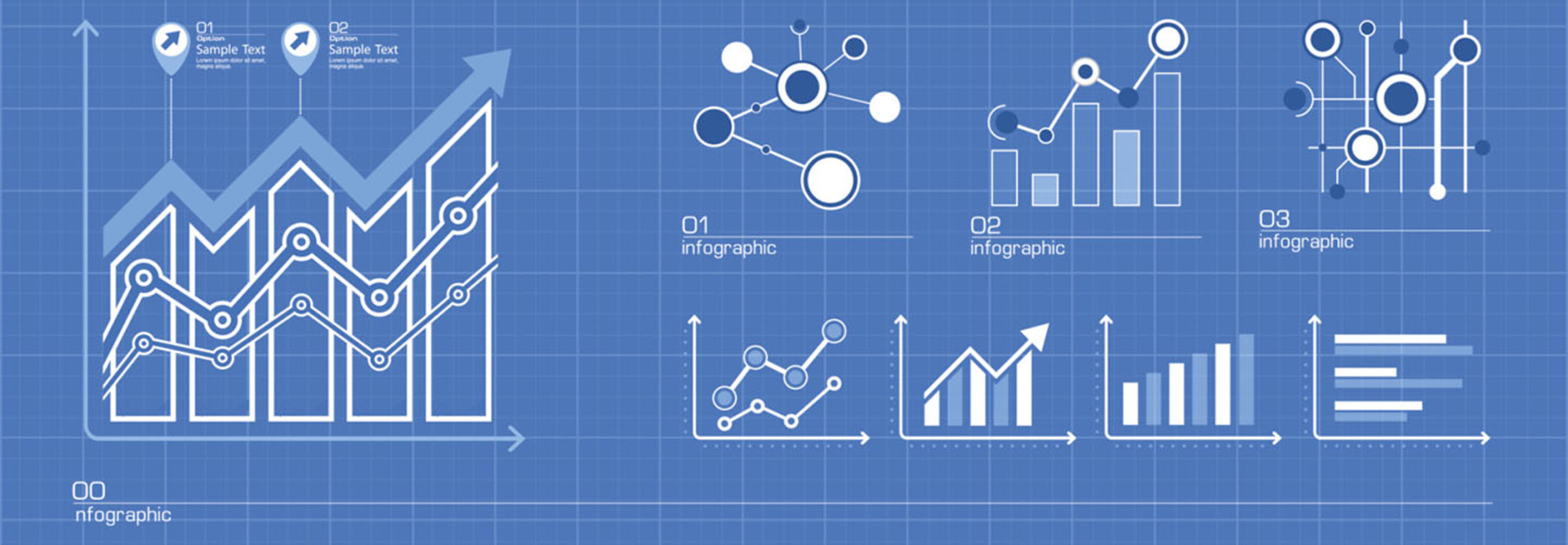How Well Do Nonprofits Understand Today's Data Analytics Tools?
In the past, data analytics solutions took years to plan and deploy. They did not adapt easily to changing operational realities and technologies. Furthermore, because these tools were so complex, IT staff had to conduct analyses for clients.
Today’s data analytics tools are far more adaptable, with hardware, software, appliances and services that gather structured and unstructured data from disparate sources in various formats. The tools are simple enough that users throughout the organization can employ them, regardless of IT skill level. They process far more data in real time than their predecessors, and they’re available in user-friendly formats on a variety of devices. All users have access to data insights anytime, anywhere.
The trend toward data democratization is likely to continue, according to Gartner, which projects that by 2017 most users in organizations will have access to selfservice data analysis tools.
Modern analytics tools provide organizations with a wide range of capabilities:
Business intelligence looks at past, present and future business models to determine what works and what can be changed for improved operations.
Predictive analytics leverages statistical modeling and machine learning, using past and present data to anticipate the future. For instance, predictive analytics can examine donors’ behaviors to help nonprofits determine when, how often and the most effective ways to contact potential donors.
Social media analytics culls data from sites such as Twitter, Facebook and Instagram to help organizations gauge what people think about them and their services. Analytics tools can also track the effectiveness of an organization’s social media efforts — how many retweets or likes it received, for instance.
Machine data is the fastest growing category of data, but its unstructured or semi-structured formats can be challenging to traditional analytics tools. Organizations are leveraging new tools to put this data to use to improve IT operations, improve security and monitor important assets such as medical refrigerators, cars and airplanes.
Content analytics formats and analyzes unstructured content, including video, social media comments and emails, so it can be used with structured data to glean insights.
Learn more by downloading the white paper, "Better Anlaytics to Boost Nonprofits."








